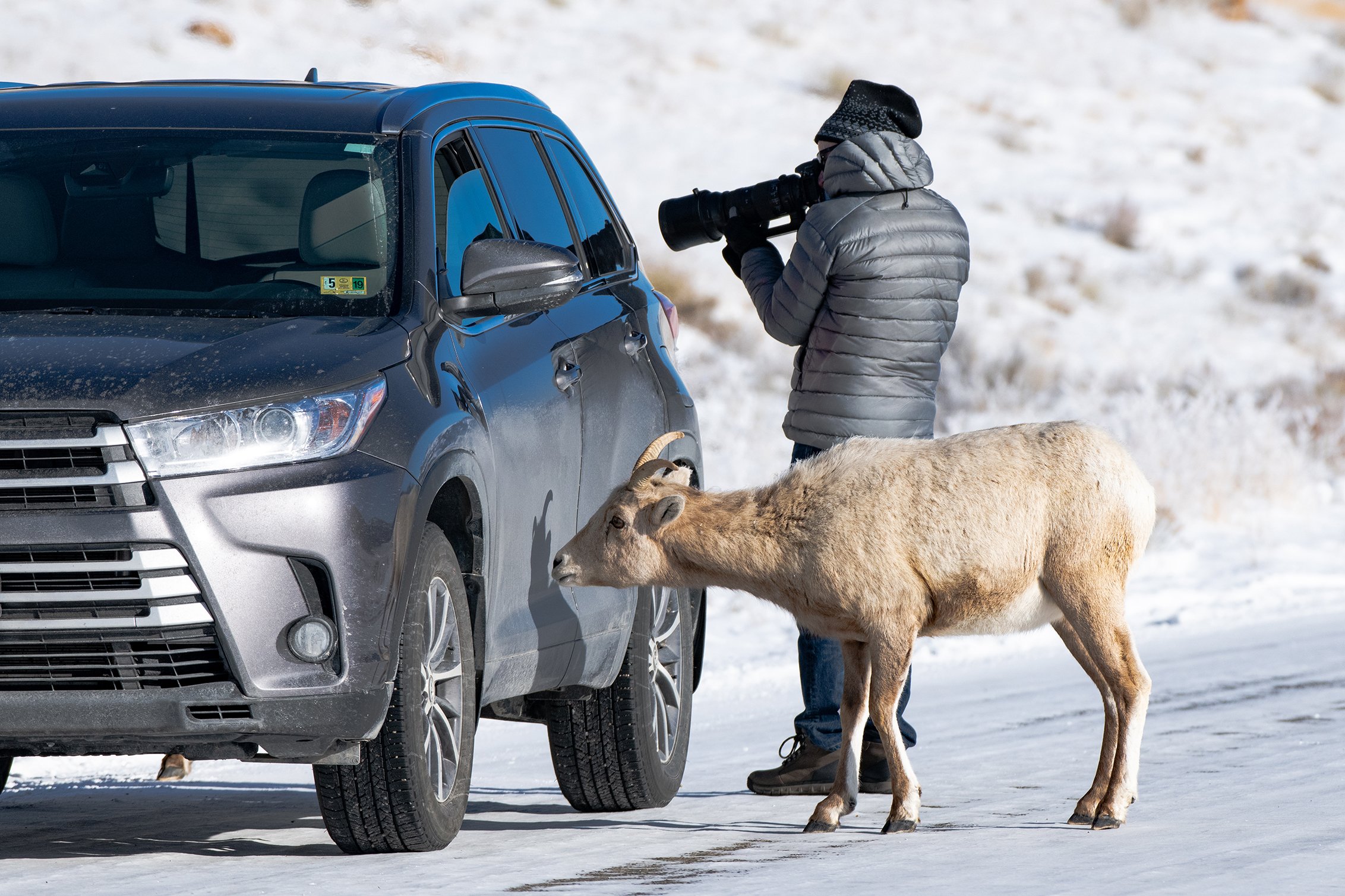Nature First - Wildlife
Photos and story by: Jennifer Leigh Warner
Wildlife
As a Nature First Ambassador it is my mission to spread the message about responsible nature photography and help create resources for photographers to use to lessen their impacts on the nature world. Today I want to talk about Wildlife Photography.
Is there anything more trilling than photographing your first Grizzly Bear? Or how about checking off a new species on your life list? What about capturing a newborn animal open its eyes and take its first steps?
As wildlife photographers these are the moments we live for. But what happens when the animals we care so deeply for are hurt by the actions that we take?
I’m sure very few photographers intentionally harm wildlife, however when we are careless with our actions we can create situations that can be the difference of life or death to the animals we encounter.
If photographers follow these simple Nature First Principles we can provide a safe and enjoyable experience for both the photographer and the wildlife that we encounter.
Prioritize the well-being of nature over photography.
What is the best way to photograph your subject without changing their behavior? Should you be using a photo blind? How about a boat or from inside your car? If the animal appears to be altering its behavior because of your presence either back up or move on.
Educate yourself about the places you photograph.
A burrowing owl (Athene cunicularia) sits at a artificial burrow in San Diego County which was constructed by the Burrowing Owl Recovery Program team from the San Diego Zoo Wildlife Alliance and the CDFW. Burrowing Owls in San Diego County are nearly regionally extinct and the team has translocated these owls to help establish a wild population in the county.
Get to know the species and locations you are about to photograph. Are they listed as endangered or threatened? Do you need to take special precautions when photographing in this area? Are the animals breeding or mating during this time of year?
Finding out this information ahead of time will allow you to tread more delicately when necessary.
Use discretion if sharing locations.
For sensitive subjects, such as rare or endangered species, giving vague location information can help protect them from poachers or from being swarmed by photographers. Provide only the State, Country or Region or wait until the animal has moved on from an area before sharing any specific location data.
Know and follow rules and regulations.
Before heading off into wildlife areas such as National Parks, State Parks or Wildlife Refuges look up what the rules and regulations are. Are there areas closed during certain times of year to give wildlife some space from people? Are there safe distance requirements you should know about? Find out this information ahead of time to avoid being surprised.
Always follow Leave No Trace principles and strive to leave places better than you found them.
Wildlife need clean habitats to thrive. When out photographing wildlife bring a trash bag with you and remove any garbage that you come across.
If you want to learn more about how you can make a difference visit https://www.naturefirstphotography.org/









